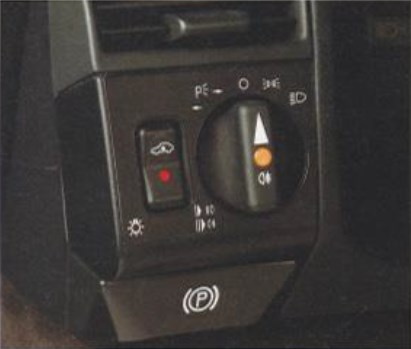Level adjustment and control at front and rear
This sub-system is in itself a combination of two systems:
- the semi-supporting hydro-pneumatic suspension system with level control and
- the level adjustment system at front and rear
Level adjustment at front and rear take place irrespective of the load and not only when the springs are compressed to a certain extent or as from a certain load, as is the case with a single level adjustment system, acting on the rear wheels only. This means that the vehicle level remains constant as long as the engine is running.
The suspension system consists of a hydro-pneumatic supporting part and semi-supporting coil springs.
This is among other things the technical prerequisite for another advantage — the automatic speed-dependent level adjustment.
The level adjustment range amounts to a total of 45 mm and is divided into three settings:
— normal height
— lowered by 15 mm
— raised by 30 mm (if pre-selected manually)
The degree of level adjustment is automatically controlled as a function of speed.
By activating a speed switch in the speedometer the vehicle level is automatically adjusted to its lowest height when driving at higher speeds. In this case
— the car assumes a lower centre of gravity, the lift forces at the front axle are small = better roadholding and handling safety
— reduction of aerodynamic drag = lower fuel consumption







